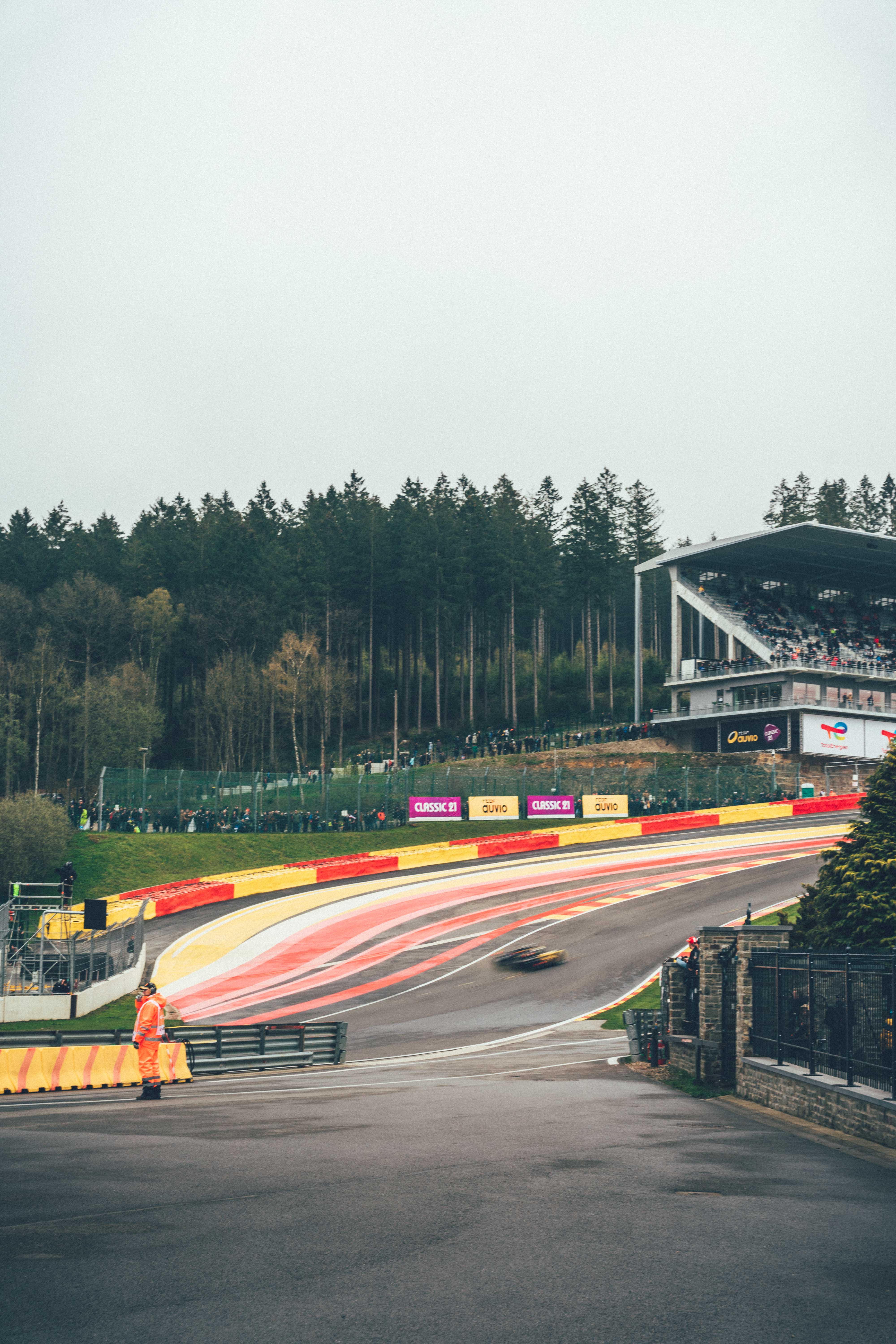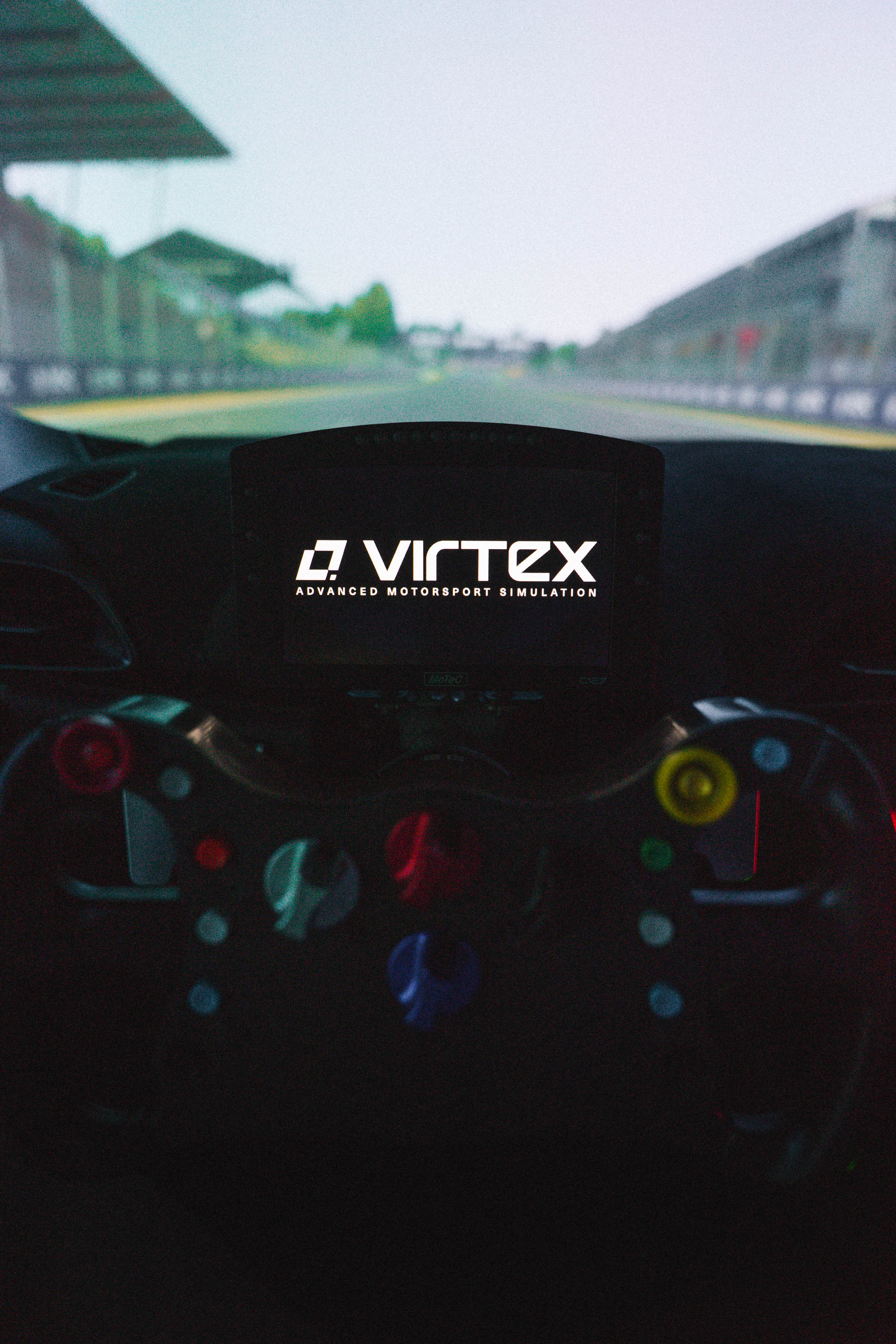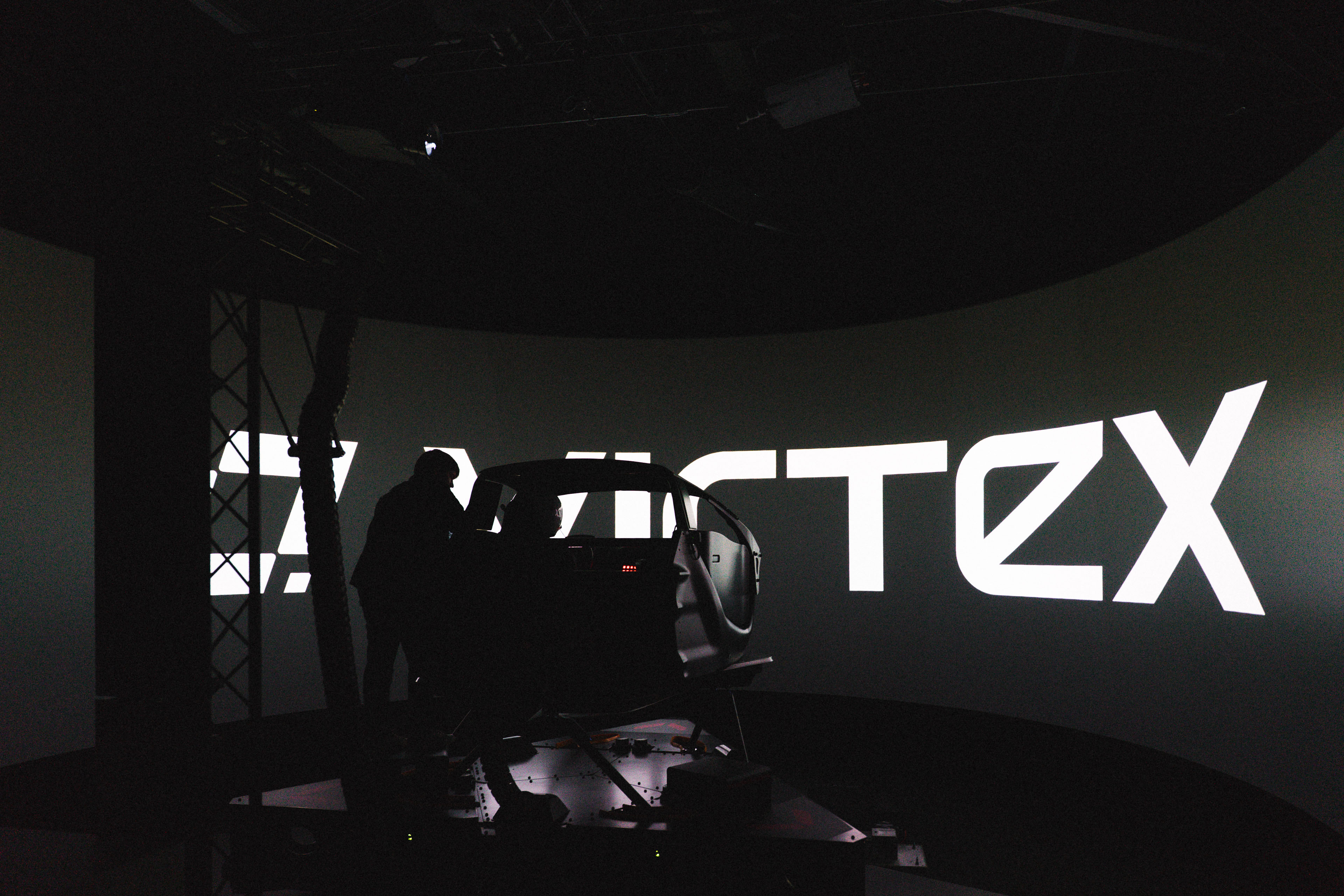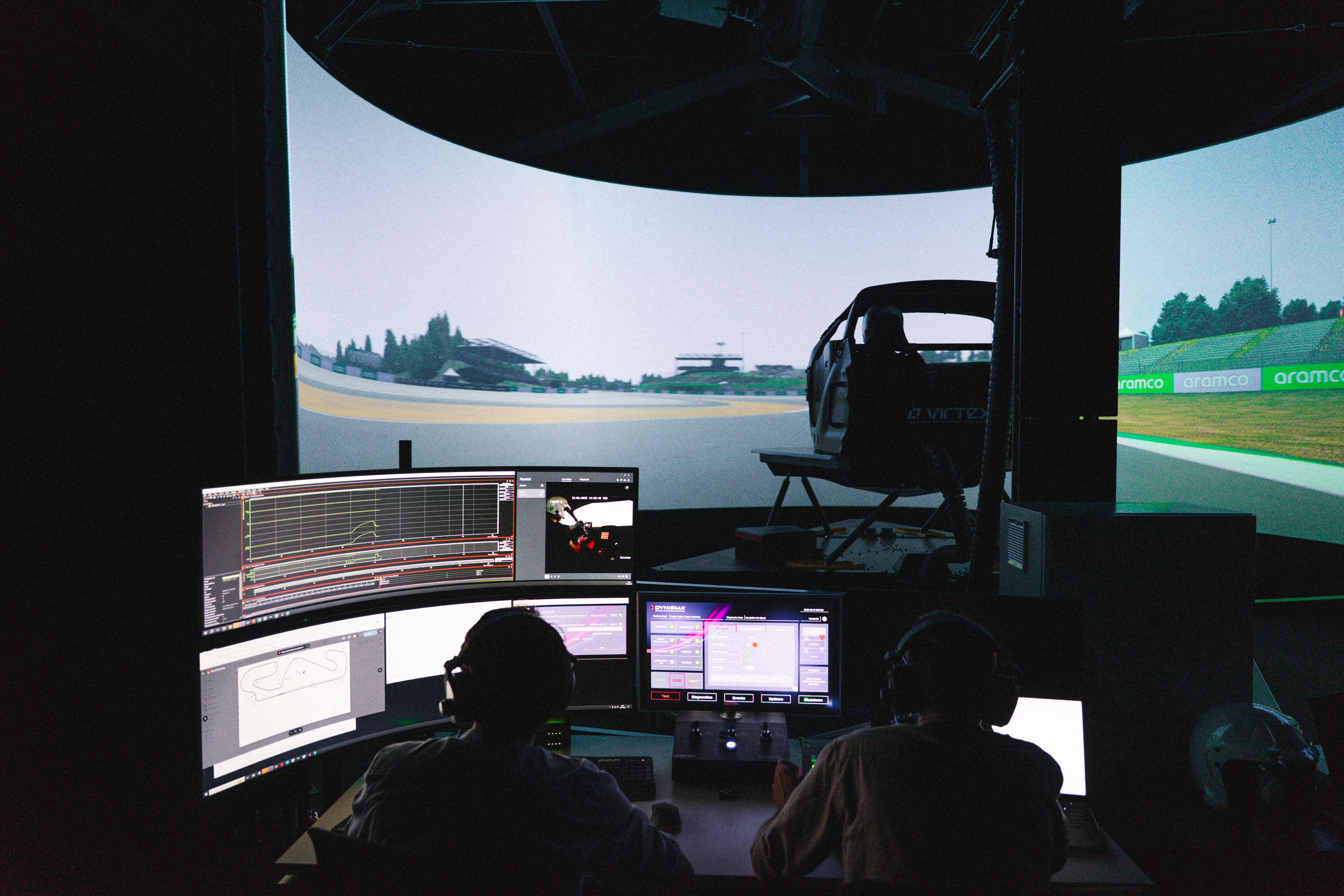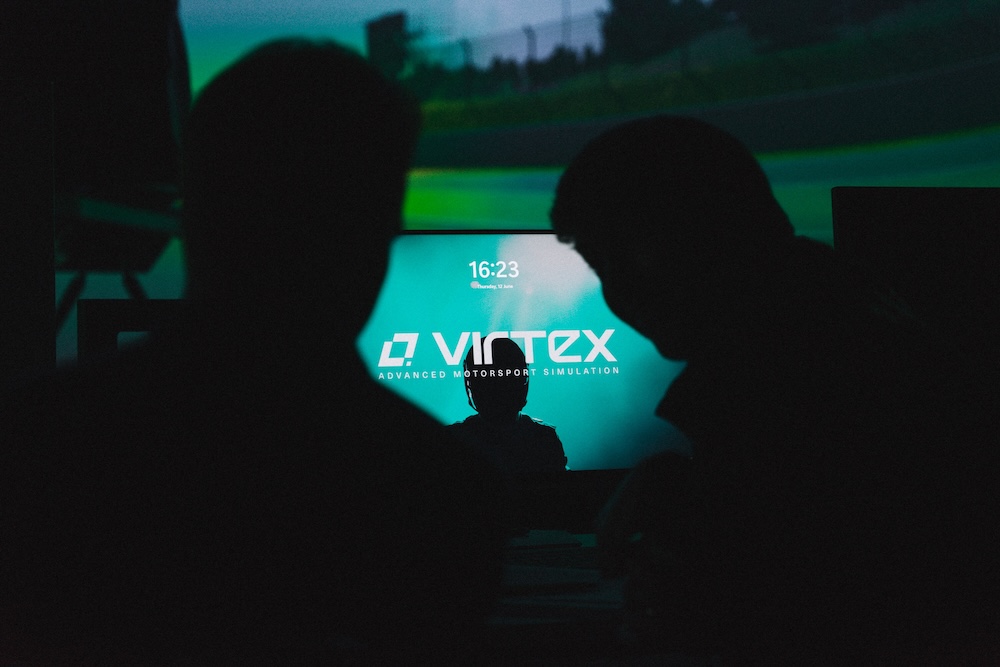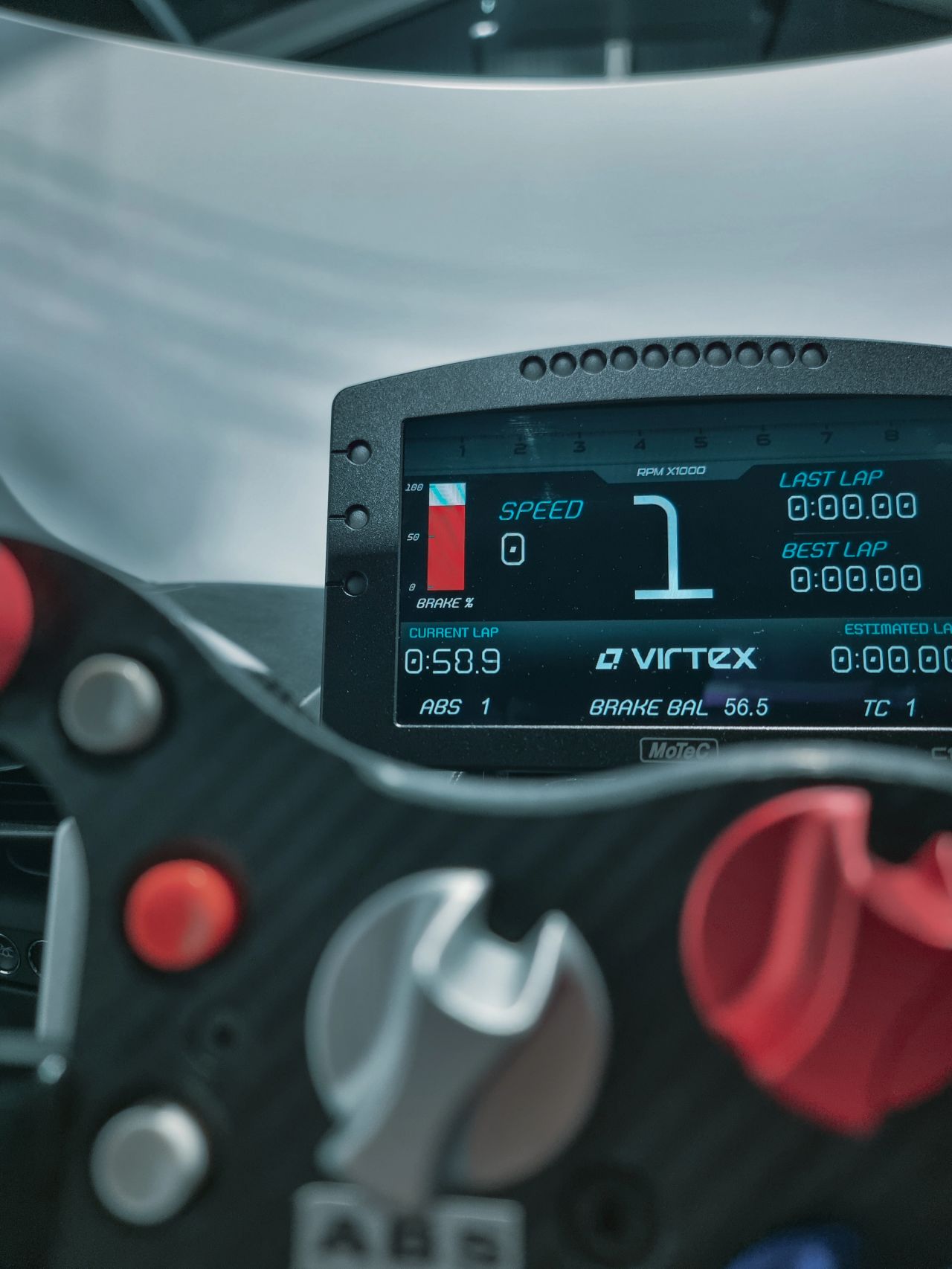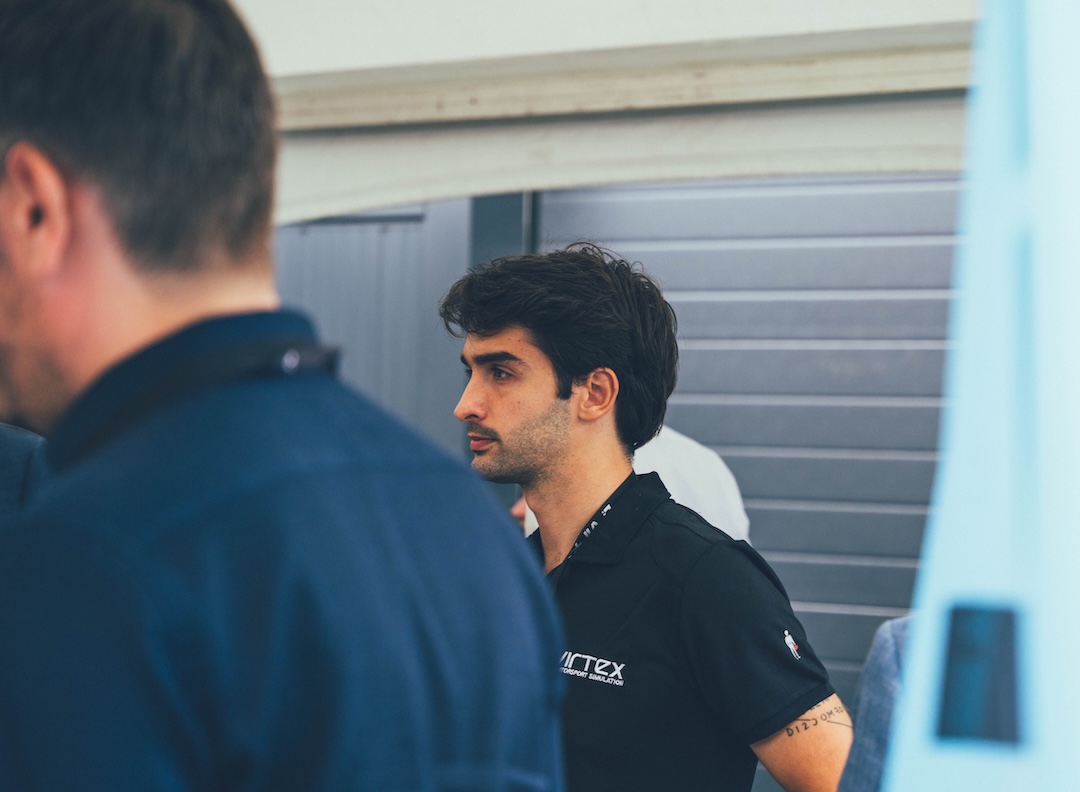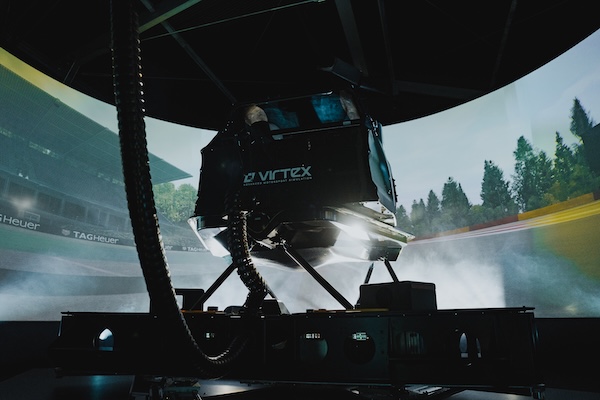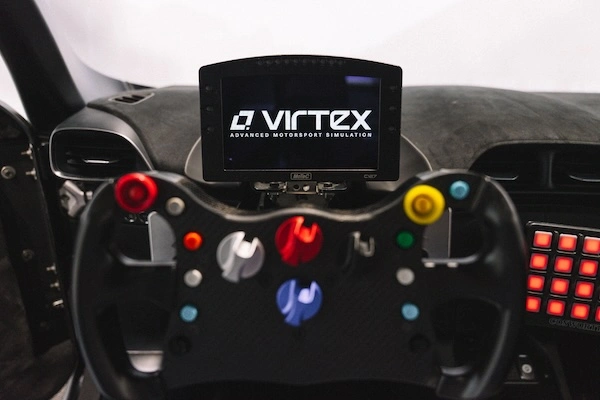Tech
Is Relying Solely on Track Testing Still the Best Option?
Is Relying Solely on Track Testing Still the Best Option?
Track testing has always been the gold standard in motorsport — the ultimate way to understand a car, a circuit, and a driver’s limits. But today, with limited testing days, rising costs, and stricter regulations, is it still the best way to prepare? More and more teams are finding that the answer isn’t as clear-cut as it used to be.
Track time remains essential, but it’s also expensive, inflexible, and hard to scale. Weather can ruin a day. Parts may be limited. Red flags stop you in the middle of a flying lap. Travel eats into schedules. And even when things go to plan, you often walk away with more questions than answers — without the time to iterate. It’s one shot, one setup, and little room to explore alternative strategies.
Simulators change that equation — but it needs to be the right one. With high-fidelity motion, accurate vehicle models, and full data capture, sim work now mirrors real-world conditions closely enough to be actionable. At Virtex, we give teams a place to run through setup options, tyre strategies, or qualifying laps on demand — without freight, red flags, or risk. You can reset, repeat, and refine. And you don’t need a dozen crew members to make it happen.

Integrating sim work into your prep isn’t about replacing track time — it’s about making every lap on track more informed. Drivers arrive already confident in their reference points. Engineers can cross-check data and validate choices before tyres ever touch the asphalt. The result? Smarter decisions, fewer surprises, and more efficient weekends.
Another major advantage? The depth and freedom of data. In the sim, you can measure everything — not just the standard telemetry you’re allowed to collect on track, but variables that are either restricted by regulation or physically impossible to capture during real-world testing. From steering torque to tyre load distribution, damper movement to driver input trace detail, everything can be modelled, visualised, and analysed in ways that simply aren’t feasible with an actual car.
That level of insight accelerates understanding. It allows engineers to isolate specific behaviours, test hypothetical scenarios, and run structured comparisons — without chasing time between red flags or running out of tyre sets. And because everything happens in a controlled, repeatable environment, changes in behaviour are easier to attribute, and decisions easier to justify.
Simulation isn’t an alternative to “the real thing.” It’s a new kind of real. And for teams looking to stay ahead, it’s quickly becoming a core part of the race-weekend toolkit.

Thank you!
Your submission has been received!

